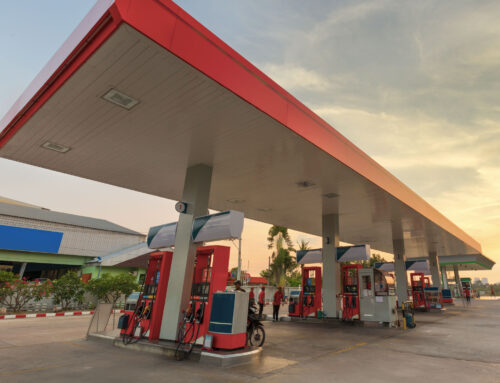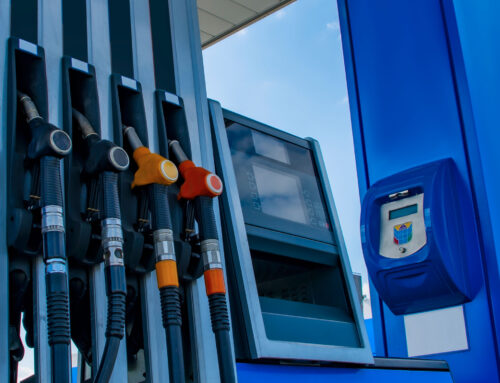The average truck stop and convenience store may carry more than $100,000 in inventory on any given day. Do you have the information you need to make the most profit out of the way you manage your store stock? For convenience stores, inventory turns about 20 to 35 times each year. Most stores keep about inventory for 10 to 20 days worth of sales on hand.
How do you manage inventory? Do you rely on vendors to tell you when it’s time to re-order and how much you should store? Unfortunately, vendors and store managers may be working at cross-purposes. It’s the vendor’s job to move product. It’s your job to understand what your customers want.
With robust inventory management software, you can develop a better understanding of what your customers are buying. You can focus on high velocity, high margin products and know when it’s OK to simplify your shelves.
The point of sale system is likely the most common inventory management system most stores use. Inventory management systems can tap into the data generated from scans. Using that data, dashboards can show you the most relevant data upfront, and allow you to drill down in the details for more insights.
Look for an inventory management system that’s ready to help you tackle fraud, optimize inventory, capture sales data for vendor negotiations and schedule labor. Your system will help you identify and manage the value of assets on hand.
Productive Inventory
This inventory is your bread and butter, with quick inventory turns and or high gross margins. To know the real value of a category of products, you must understand all potential costs and benefits, such as:
- Freight
- Rebates
- Discounts
- Margins
- Carrying costs
Understand the category and any sub-categories that might exist. You don’t want to go all-in on snacks when your biggest sellers are in one category like savory snacks. You can reduce the number of different items on the shelves, reducing the customer’s choice, and stocking more of the most popular product.
Unproductive Inventory
This category includes those items that are not among the top sellers but contribute to sales of other products. These products could be accessories for radios or entertainment devices that long-haul drivers purchase. They’re necessary for installation, so if you didn’t carry the parts, no one would buy the higher-margin electronics.
Consider unproductive inventory a cost of doing business. Your inventory management system can help you whittle it down as much as possible.
Dead Inventory
This inventory never sells. You may no longer sell the main product it goes with, or it’s in a style or form factor nobody wants. Some fad products fall into this category, like fidget spinners. They were hot for several months, and now you can barely give them away. Try to liquidate the product online or donate it to an organization that can use it or resellers. There may be someone that wants it. They just don’t come into your store.
Automatic re-orders can lead to a huge overstock of unwanted product. An inventory management system can flag slow-moving or dead products, so you don’t continue to order them.
If you’d like to figure out a way to better manage your inventory, contact the experts at Financial Fuel Services.






